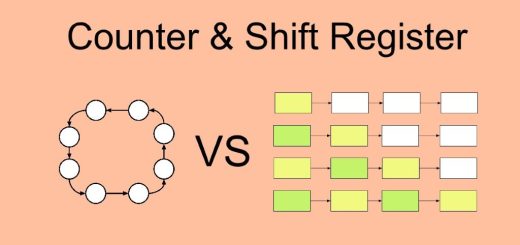Mastodon: A Social Network for the People
In an era dominated by monolithic social media giants, Mastodon emerges as a refreshing alternative, championing the principles of decentralization, user control, and open-source technology.
Understanding Mastodon
At its core, Mastodon is a decentralized social network, which means it isn’t controlled by a single entity or corporation. Instead, it functions as a network of interconnected servers, each independently operated and managed. These servers, also known as ‘instances’, form the backbone of the network, allowing users to communicate across different instances while still enjoying the freedom and autonomy of their chosen instance.
Why Mastodon is Different
Several key features set Mastodon apart from traditional social media platforms:
- Decentralization: Unlike centralized platforms like Twitter or Facebook, Mastodon’s decentralized structure empowers users to choose an instance that aligns with their values or interests. Each instance can establish its own rules and moderation policies, fostering a sense of community and belonging.
- Open-Source: It is open-source nature promotes transparency and collaboration. Developers can contribute to the platform’s codebase, ensuring continuous improvement and innovation.
- User Control: It puts users in charge of their online marketing experience. You can tailor your instance’s privacy settings, choose who can see your posts, and curate your timeline without the influence of algorithms.
- No Ads: Unlike most social media platforms, Mastodon is ad-free. This eliminates distractions and ensures that your timeline is filled with content that truly matters to you.
Getting Started on Mastodon
Embarking on your Mastodon journey is straightforward:
- Choose an Instance: The first step is to select an instance that resonates with your interests. There are instances dedicated to specific topics, communities, or even regions. Explore different instances to find the one that suits you best.
- Create an Account: Once you’ve chosen an instance, create your account. Provide a username, password, and email address. You may also be required to agree to the instance’s rules and code of conduct.
- Complete Your Profile: Personalize your profile by adding a profile picture, bio, and any other relevant information.
- Start Following: Explore the ‘local timeline’ of your chosen instance to discover other users and interesting content. You can also follow users from other instances by searching for their full username, which includes their instance address (e.g., @[email address removed]).
- Posting and Interacting: It allows you to post text, images, videos, and audio. You can also ‘boost’ (repost) other users’ posts, ‘favorite’ them, and reply to them, fostering engagement and interaction.
Navigating Mastodon
While Mastodon shares some similarities with traditional social media platforms, it has its unique terminologies and features:
- Toots: These are the equivalent of tweets on Twitter. You have a generous 500-character limit for each toot, allowing you to express your thoughts more comprehensively.
- Boosts: Similar to retweets, boosts amplify a toot’s reach by sharing it with your followers.
- Favorites: Like ‘likes’ on other platforms, favorites express appreciation for a toot.
- Local and Federated Timelines: The ‘local timeline’ displays toots from users on your instance, while the ‘federated timeline’ shows toots from users across the network.
- Content Warnings: You can add content warnings to toots that contain sensitive material, giving users the choice to view or avoid the content.
- Hashtags: Mastodon utilizes hashtags for categorizing and discovering content.
The Benefits of Mastodon
Mastodon offers numerous advantages for users:
- Community-Driven: The decentralized nature of Mastodon fosters strong, tight-knit communities built around shared interests and values.
- Privacy-Focused: It gives you control over your data and online interactions, allowing you to enjoy a more private and secure social media experience.
- No Algorithms: It is chronological timelines that ensure that you see content in the order it was posted, without the influence of algorithms or promoted content.
- Diverse and Inclusive: It welcomes users from all walks of life, fostering a diverse and inclusive environment.
- Positive and Supportive: It users are known for their supportive and respectful interactions, creating a refreshing contrast to the toxicity often found on other platforms.
The Future of Mastodon
Mastodon is rapidly gaining popularity as users seek more control and privacy in their online social interactions. Its decentralized, open-source, and user-centric approach offers a compelling alternative to the centralized platforms that dominate the social media landscape. With continued development and innovation, It has the potential to reshape the way we connect and communicate online.
Conclusion
Mastodon represents a social network that empowers users, fosters communities, and respects privacy. Its unique decentralized structure, ad-free environment, and focus on user control make it an appealing choice for individuals seeking a more fulfilling social media experience. If you’re ready to take control of your online interactions and join a vibrant, supportive community, Mastodon awaits.









